How To Become An Expert Character Designer

Source: Vago, Illustrations & Character 2020, Behance, https://www.behance.net/gallery/110765989/Illustrations-Characters-2020
Embarking on a journey to become an expert character designer is an exciting challenge that blends creativity, technical skills, and storytelling. Character designers are at the heart of visual storytelling, creating the personalities and appearances that captivate audiences in games, films, and animations. This role requires not just an ability to draw, but to infuse characters with emotions and depth that resonate with viewers.
Whether you are just starting out or looking to refine your skills, mastering the art of character design involves understanding human anatomy, experimenting with various art styles, and continually adapting to new tools and technologies. It also demands an acute awareness of the narrative needs of a project, ensuring that each character not only looks appealing but also aligns perfectly with the story's context.
In this guide, we will explore the essential steps and strategies to develop your skills and advance your career as a character designer. From foundational drawing techniques to advanced digital tools, this article aims to equip you with the knowledge and insights needed to thrive in this dynamic field.
Understand the Basics of Character Design
As a foundational step in character design, mastering the basics is crucial for anyone aspiring to become an expert character designer. This begins with honing your drawing skills to effectively communicate complex ideas through simple sketches. Proficiency in sketching provides the backbone for visualizing and iterating on character concepts swiftly and effectively.
A comprehensive understanding of design principles is equally important. Elements such as line, shape, and color play significant roles in defining the personality and mood of the character. A character designer must know how to use these elements to convey traits and emotions, making characters relatable and memorable to the audience.
Additionally, an adept character designer must be capable of translating narrative elements into visual designs. This involves crafting characters that not only look appealing but also serve the story effectively. Each design decision, from the character’s attire to their posture, should enhance their role within the narrative, contributing to a richer storytelling experience.
To excel in character design, continually practice and seek feedback. Engage with a community of designers, participate in critiques, and always be open to learning. This iterative process of creation, evaluation, and refinement is key to developing a keen eye for effective character design.
Study Human and Animal Anatomy
Deep knowledge of human and animal anatomy is essential for creating realistic and expressive characters. As a character designer, understanding the intricacies of muscle structure, joint mobility, and proportion is critical in bringing characters to life, regardless of whether they are stylized or realistic.
Studying human anatomy allows you to depict correct postures and movements, making human characters look natural and believable. Techniques such as life drawing can improve your ability to capture dynamic poses and subtle expressions that convey a wide range of emotions and actions.
Similarly, knowledge of animal anatomy is invaluable when designing creatures or anthropomorphic characters. It provides a foundation for innovation, enabling designers to blend features from various animals to invent unique, fantastical beings that captivate and charm audiences.
Utilize anatomy atlases, online tutorials, and workshops to continuously refine your understanding of how bodies move and interact. Observing people and animals in real life can also provide practical insights into natural movements and how different forms affect functionality.
Master Expressions and Emotions
Mastering the art of expressions and emotions is essential for any skilled character designer. Characters are the heart of any narrative, and their emotions drive the story, making it crucial for designers to convey feelings effectively through facial expressions, body language, and actions. Start by familiarizing yourself with the basic facial expressions that communicate universal emotions such as joy, sadness, anger, fear, disgust, and surprise.
Understanding the subtleties of how emotions affect the body can significantly enhance your character designs. For instance, a drooping posture can indicate sadness, while an erect posture might denote pride or anger. The ability to depict these nuances can make characters more relatable and impactful to the audience.
Use references like emotion charts or actor's facial expressions in various emotional states to practice and refine your skills. Sketching from life also provides insights into how emotions are naturally expressed, which can be translated into more dynamic and believable characters. Additionally, consider how these expressions can vary across different cultures and contexts, adding depth and authenticity to your characters.

Source: FOREAL Studio, Weak Vision Freaks, Behance, https://www.behance.net/gallery/120567183/Weak-Vision-Freaks
Develop Storytelling Skills
For a character designer, storytelling is not just about visual appeal but also about conveying a narrative through each character's design. Developing strong storytelling skills is essential to ensure that each character you create has a purpose and adds depth to the overall story. These skills allow designers to infuse their characters with personalities, backgrounds, and motivations that resonate with audiences and drive the narrative forward.
Start by understanding the story's setting, themes, and the emotional journey of the characters. This knowledge will guide your design choices, influencing everything from the character's attire to their expressions. For instance, a character's clothing can reflect their social status, profession, or the era they belong to, while their posture can indicate personality traits such as confidence, shyness, or aggression.
To hone your storytelling abilities, practice creating characters that have rich backstories. Write short narratives or backstory summaries for your characters. This exercise helps you think about how their past experiences shape their appearance and behavior. It's also beneficial to read extensively, watch varied storytelling formats, and analyze how characters are developed and presented in different media.
Additionally, collaborate with writers and other creatives to gain insights into character development from multiple perspectives. This collaboration can provide valuable feedback and help you understand how different elements of a character's design contribute to their role in the story.
Experiment with Shapes and Silhouettes
Experimenting with shapes and silhouettes is a transformative practice for any character designer aiming to make distinctive and memorable characters. The silhouette of a character is one of the first things that an audience notices, even before the details come into focus. It’s crucial that this outline is instantly recognizable and conveys much about the character’s personality and role within the story.
Begin by sketching broad, simple shapes to form the base of your character. Consider how different shapes convey different attributes: circles can suggest friendliness and warmth, squares can denote stability and stubbornness, and sharp, angular shapes might imply danger or villainy. These visual cues help viewers understand the character’s nature at a glance.
Push the boundaries of conventional human proportions to emphasize certain traits. For example, a hero character might have an exaggeratedly broad chest and shoulders, symbolizing strength and bravery, while a comical sidekick might have a squat, rounded form that emphasizes their humorous role.
Utilize contrasting shapes within a single character design to create complexity and visual interest. This not only makes your characters more dynamic but also more versatile in their expressions and movements, enhancing their believability and depth.
Focus on Body Language and Gestures
Understanding and effectively using body language and gestures are critical skills for a character designer. These non-verbal cues are powerful tools in storytelling, revealing a character's emotions, intentions, and personality traits without a single word.
To harness this, start by observing people in real life or through video to study how emotions are physically manifested. Notice how a shy person might slump their shoulders, avoiding eye contact, or how an angry person might have tensed muscles and clenched fists. Incorporating these observations into your character designs can dramatically increase the emotional depth and realism of your characters.
Practice by creating scenarios for your characters where you can experiment with postures and gestures that match their emotional states. Consider the context of their environment and interactions with other characters to guide how they might physically react. For example, a character might stand tall and stiff when asserting authority but appear relaxed or slouched when in a safe and familiar setting.
Effectively using body language and gestures not only enriches your character design but also empowers the audience to connect with and understand the story at a deeper level, making your characters truly come alive.
Develop Backstories for Your Characters
Developing backstories for your characters is a crucial step for any character designer wanting to add depth and authenticity to their creations. A well-crafted backstory serves as the blueprint that informs the character’s motives, behaviors, and relationships, making them resonate more deeply with the audience.
Start by determining the character’s origin, including where they come from, their family dynamics, and early life experiences that shaped their worldview. Think about key events that might have influenced their current goals or conflicts. For example, a character who experienced loss at a young age might be driven by a desire to protect others.
Consider their education, career, and influences, as these will shape their skills and how they respond to challenges. A character’s backstory should also include their successes and failures, as these contribute to their complexity and relatability.
Use these backstories to inform the character's design elements. Visual cues like tattoos, scars, or specific clothing can hint at their past experiences, adding layers of narrative without a word of dialogue.
By integrating a detailed backstory into your character design process, you ensure that every aspect of the character's appearance, behavior, and interaction is rooted in a narrative reality, thereby enhancing the storytelling and engaging your audience on a deeper emotional level.

Source: Sedryung H, Purple Space, Behance, https://www.behance.net/gallery/120163627/Purple-space
Explore Different Character Types
Exploring different character types is essential for character designers looking to diversify their portfolio and challenge their creativity. Understanding various character archetypes and stereotypes can aid in designing characters that fit specific roles within a story while ensuring they are unique and engaging.
Begin by familiarizing yourself with classic character archetypes, such as the hero, villain, mentor, and jester. Each type has typical traits that audiences instinctively recognize, which can be a useful starting point for character development. However, the key to effective character design lies in adding unique twists and nuances to these familiar types to avoid clichés and predictability.
Experiment with blending attributes from multiple archetypes or defying traditional roles to create complexity. For instance, a hero character might have flaws that impair their judgment, or a villain might have a sympathetic cause driving their actions. This not only makes your characters more realistic but also more memorable.
Consider cultural, social, and psychological factors that could influence character types. Characters should reflect the diversity of the world, including various backgrounds, ethnicities, and ideologies. This not only broadens the appeal of your work but also contributes to more inclusive storytelling.
Study Other Character Designers
For aspiring character designers, studying the work of established professionals is invaluable. This practice not only provides inspiration but also deepens your understanding of different styles and techniques that can enhance your own work.
Begin by identifying leading character designers in various industries such as animation, video games, and comic books. Analyze their portfolios, focusing on their use of color, texture, and form. Note how they handle different themes and character types, from the fantastical to the realistic, and observe how their design choices serve the narrative.
Engage with community platforms and social media where professionals share their work and design processes. Websites like ArtStation, Behance, and Instagram offer access to a wide range of character designs, along with commentary from the creators that can provide insights into their creative decisions.
Attending workshops, webinars, and conferences where experienced designers discuss their techniques can also be tremendously beneficial. These events provide opportunities to ask questions directly and gain firsthand knowledge from successful practitioners in the field.
Practice Consistency in Design
Achieving consistency in character design is fundamental for character designers, as it ensures that characters remain recognizable and relatable across various contexts. Consistency in design does not merely pertain to visual appearance but also to the character’s behaviors and interactions within the story.
Start by establishing clear design guidelines for your characters. This includes consistent color palettes, anatomical features, and clothing styles. Such guidelines are especially crucial in projects involving multiple designers, ensuring that all characters adhere to a cohesive visual theme. For example, a character’s costume might vary from scene to scene, but key elements like color schemes and logos should remain consistent to maintain identity.
Maintain consistent proportions and styling throughout different expressions and movements. Whether a character is standing still or in motion, elements like the length of limbs, the size of the head, and the overall silhouette should consistently reflect the character’s physical characteristics.
Furthermore, consistency in personality traits and developmental arcs contributes to a character’s believability. Characters should react to different situations in ways that align with their established traits unless character growth is part of the narrative.
Conclusion
Becoming an expert character designer is a multifaceted journey that involves mastering a variety of skills from basic drawing to complex storytelling. By honing your abilities in anatomy, embracing various art styles, and continuously practicing, you can develop characters that not only look compelling but also tell a powerful story. Remember, every character you create is an opportunity to refine your skills and push the boundaries of your creativity. Keep learning, stay inspired, and remain dedicated to your craft to truly excel in the dynamic field of character design.
Let Us Know What You Think!
Every information you read here are written and curated by Kreafolk's team, carefully pieced together with our creative community in mind. Did you enjoy our contents? Leave a comment below and share your thoughts. Cheers to more creative articles and inspirations!


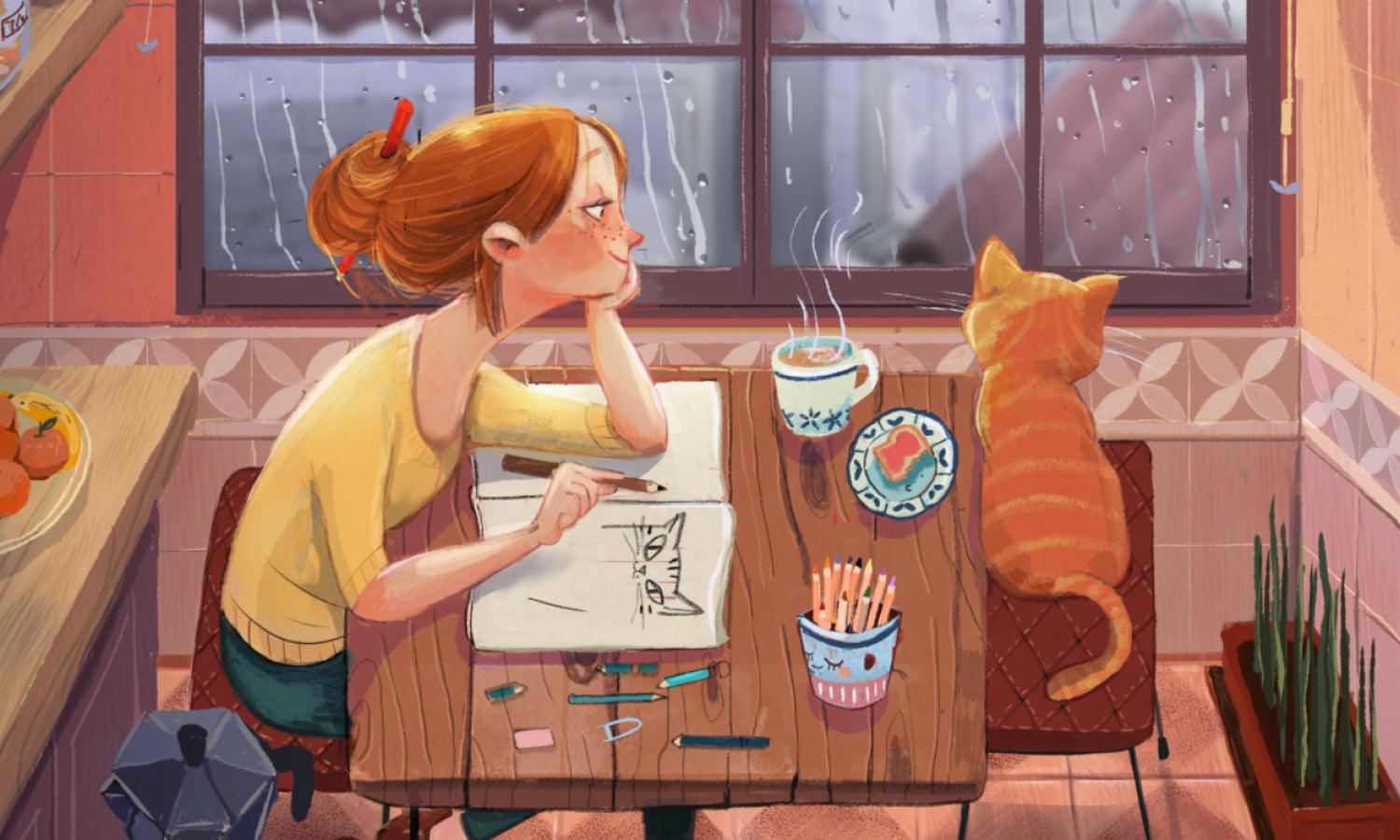
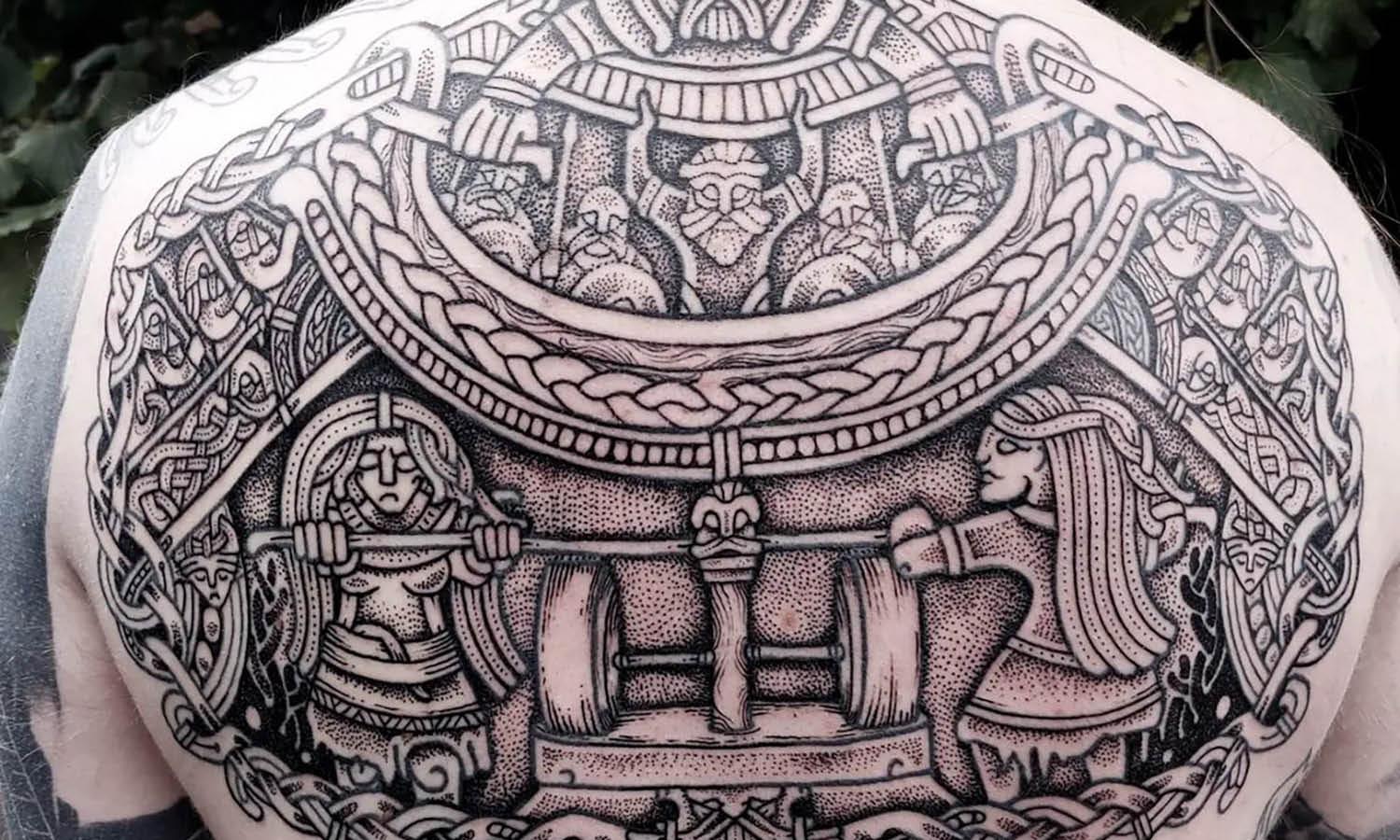
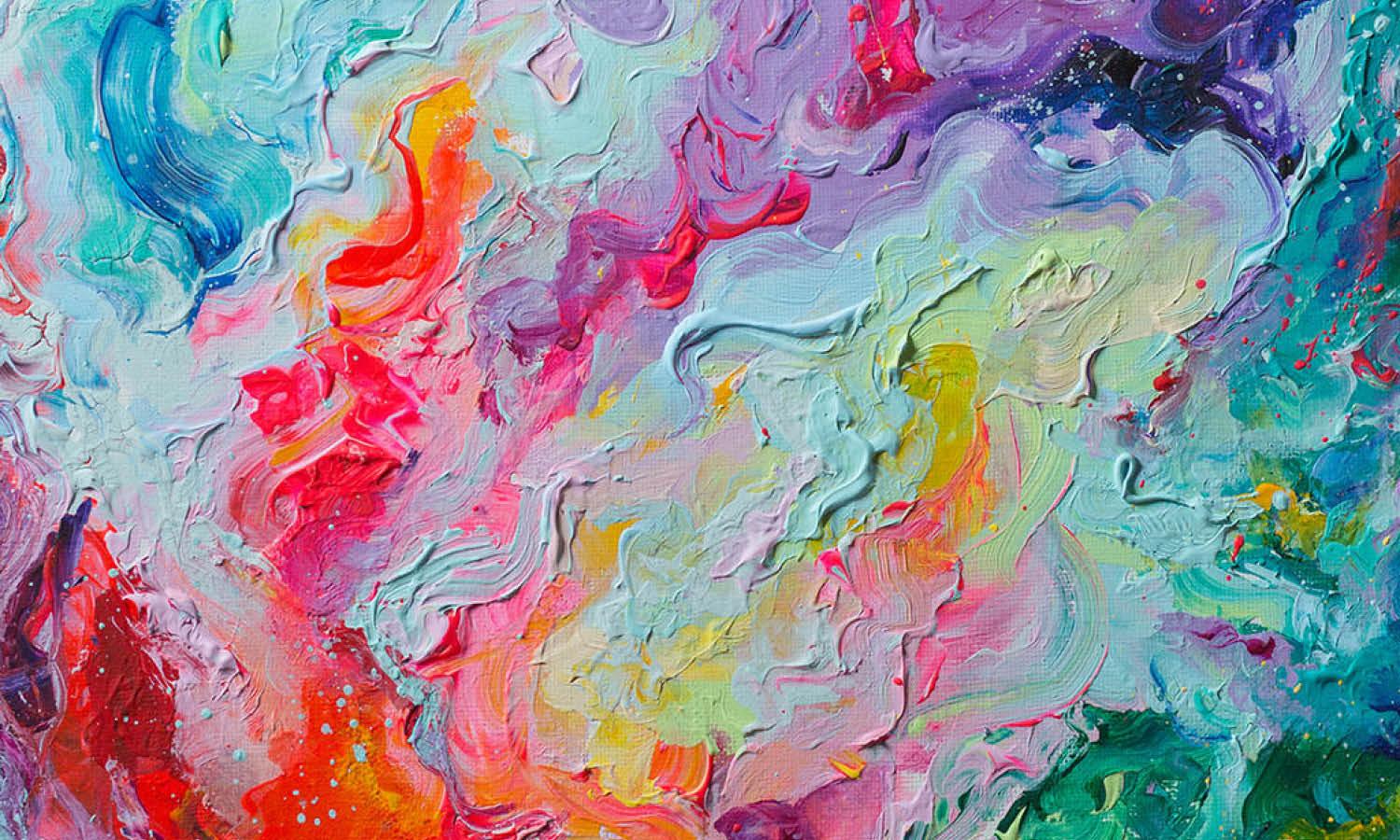
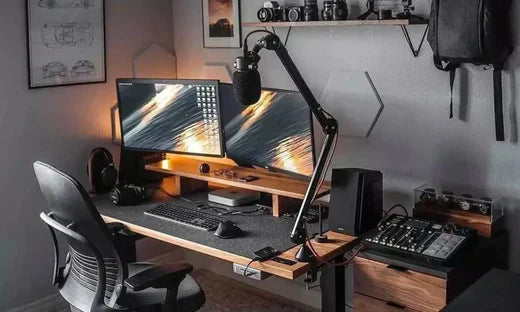


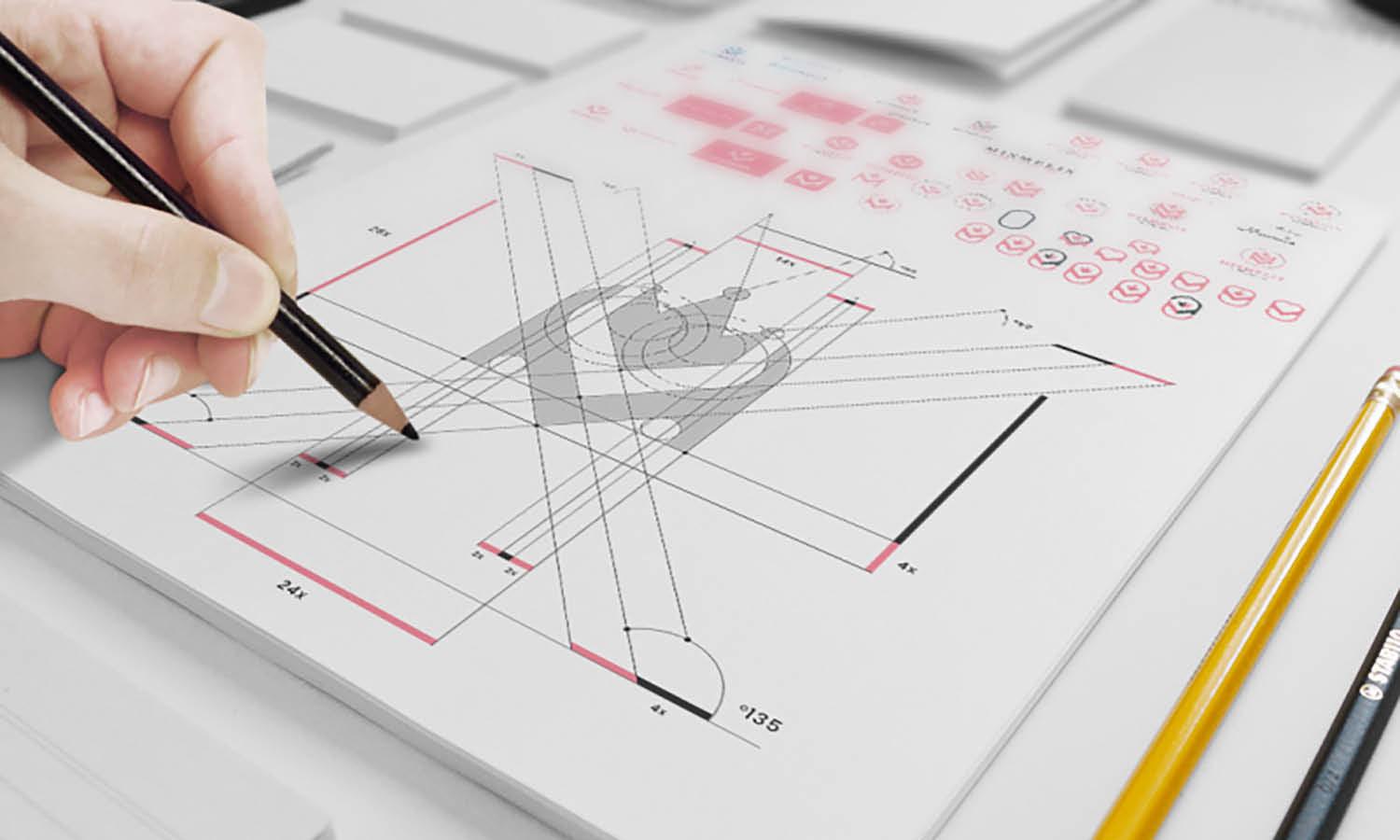







Leave a Comment